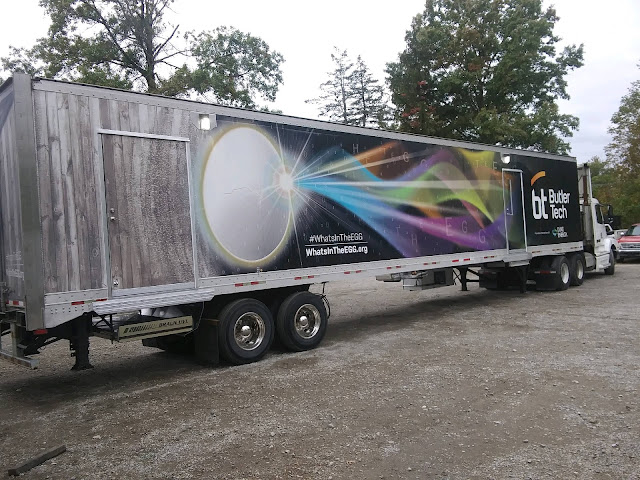Enhancing Accessibility and Mobility: The Advantages of Hydraulic Lifts in Transportable Buildings
In the world of modern architecture and design, the need for flexible and mobile structures has become increasingly important. Hydraulic lifts have emerged as a vital component in transportable buildings, revolutionizing the way we think about accessibility and mobility. This blog explores the advantages of hydraulic lifts in transportable buildings and how they enhance convenience, efficiency, and inclusivity.
Hydraulic Lifts: A
Game-Changer in Transportable Buildings
Hydraulic lifts have transformed the concept of mobility in
transportable buildings. These lifts operate using hydraulic power, allowing
for smooth vertical movement of heavy loads or individuals within the
structure. They are specially designed to be installed in transportable
buildings, enabling easy and convenient access to multiple levels.
One of the key advantages of hydraulic lifts is their
versatility. They can be integrated into various types of transportable
buildings, including portable offices, classrooms, healthcare facilities, and
exhibition spaces. With the ability to transport both people and equipment,
hydraulic lifts ensure that all occupants have equal access to every floor,
regardless of physical limitations or mobility challenges.
Moreover, hydraulic lifts offer exceptional convenience and
efficiency. They provide a safe and reliable means of transportation,
eliminating the need for traditional staircases or ramps. This saves valuable
space within the transportable building and optimizes the overall design.
Additionally, hydraulic lifts can be quickly and easily installed, making them
ideal for temporary structures or projects that require frequent relocation.
Promoting
Accessibility and Inclusivity
The integration of hydraulic lifts in transportable
building promotes accessibility and inclusivity. By
eliminating architectural barriers, these lifts ensure that people with
disabilities, the elderly, and those using mobility aids can navigate the
building effortlessly. This fosters a sense of independence and equal opportunities
for all occupants.
Furthermore, hydraulic lifts enhance the overall
functionality of transportable buildings. They facilitate the movement of heavy
equipment, furniture, and supplies between floors, streamlining operations in
settings such as construction sites or event venues. This improves productivity
and reduces the physical strain on individuals tasked with manual lifting and
carrying.
In conclusion
Hydraulic lifts have become indispensable in the realm of
transportable buildings. Their ability to provide smooth vertical movement,
versatility, convenience, and inclusivity has transformed the way we design and
utilize temporary structures. By integrating hydraulic lifts, we can enhance
accessibility, mobility, and efficiency in various sectors, ensuring equal
opportunities for all.




Comments
Post a Comment